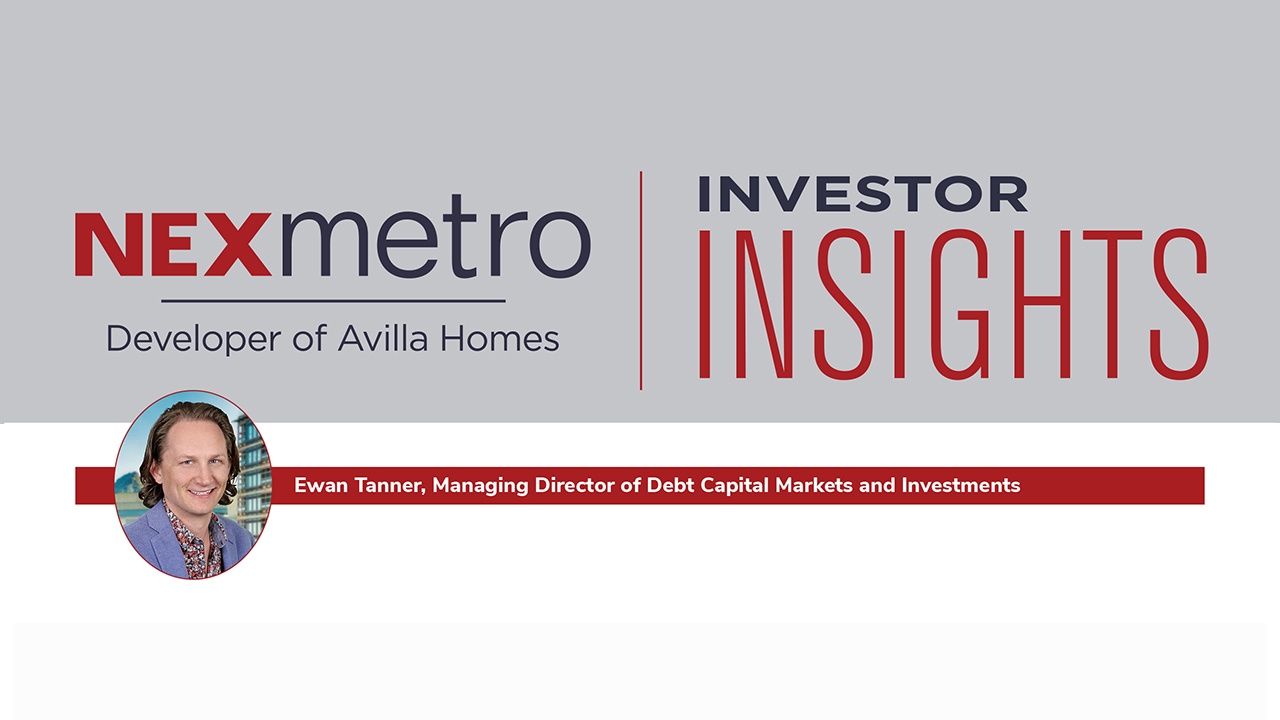
Fed Rate Cuts Ease Path for Growth-Focused Projects
The Federal Reserve cut interest rates last week by a quarter percentage point to a 4% – 4.25% range with indications of two more cuts this year. This opens the path to a more favorable financing environment for real estate with the lowest rate in nearly three years. This action eases borrowing conditions that have a direct impact on project performance.
Short term interest rates influence almost every line in a financial model—from loan costs to exit pricing. This is particularly true for construction and bridge loans which are typically floating loans indexed to the Secured Overnight Financing Rate (SOFR). SOFR is highly correlated to the Fed rate and moves in near lock step with changes in the Fed rate. Simply put, when rates decrease, financing becomes cheaper and more available, and property values can increase improving returns.
Improved Consumer Sentiment & Its Ripple Effect on Demand and Valuations
A Fed interest rate cut often serves as a catalyst for improved business and consumer sentiment by easing borrowing costs and encouraging more spending. As interest rates are reduced, consumers will have less pressure on their wallets, and households will feel more financially secure, boosting spending capacity and willingness to sign leases. This typically leads to stronger demand across rental housing segments, including build-to-rent communities.
As demand increases, rents will rise and drive higher net operating income (NOI). At the same time, lower interest rates can contribute to higher real estate valuations. Together, these dynamics can create a more favorable environment for real estate investors, positioning assets for enhanced returns.
Why This Matters to NexMetro Investors
• Lower interest rates reduce the financing expense in our project budgets. Construction lenders require us to hold “reserves” to cover interest during construction while there is no cash flow. If the interest rate is lower, the reserves are also lower, reducing our overall costs.
• Once a project is completed, we typically refinance from construction to bridge debt, which is less expensive. In this case, lower interest rates increase the amount we can borrow and therefore allows us to return more capital to our investors at the refinancing event. It can also lower our debt expense, allowing us to send more cash flow to investors after refinancing.
• Although it is a less direct relationship, short-term rates can influence long term rates like the 10-year treasury. Lower long-term rates can compress cap rates, increasing the overall value of our Avilla communities.
• Ultimately, a declining rate environment increases the performance of our portfolio and supports increasing asset valuations.
Let’s take a more specific example of the impacts of the reduction in the Federal Rate.
NexMetro’s Direct Access Fund 2025 is a geographically diverse portfolio of Avilla build-to-rent projects expected to have approximately $150 million in combined construction loans. Because these loans are typically indexed to SOFR, and the SOFR is influenced by the Fed Rate, each reduction in the Fed Rate lowers the cost of development financing.
For example, the following illustrates the savings rate cuts have on $150 million of construction loans:
• A 25-basis point (0.25%) decrease in the rate like the one approved yesterday could result in approximately $1.1 million in interest savings over the life of the construction loan (average 36 months).
• A 50-basis point (0.50%) decrease in the rate could result in approximately $2.25 million in interest savings over the life of the construction loan.
• A 100-basis point (1.00%) decrease in the rate could result in approximately $4.5 million in savings over the life of the construction loan.
This doesn’t even include the interest savings on the bridge financing after stabilization. These improvements flow directly to the bottom line of each project, enhancing profitability and strengthening return potential for investors.
SOFR Curve Dynamics
NexMetro’s Capital Markets team regularly monitors movements in SOFR projections (aka, the SOFR curve) and analyzes the implications for our capital structure and investment performance. The elevated Fed rate over the past three years was the main driver of SOFR’s upward shift, significantly increasing the cost of capital for real estate developments and impacting values.
The SOFR curve reflects current market expectations for interest rates over time. As of today, the SOFR curve projects gradual rate reductions over the next 18 months to a low of nearly 2.75, more than 125 basis points lower than today. Although this is just a projection, it signals a more favorable cost-of-capital environment for our business and the potential to stimulate demand, supporting higher rents and values.